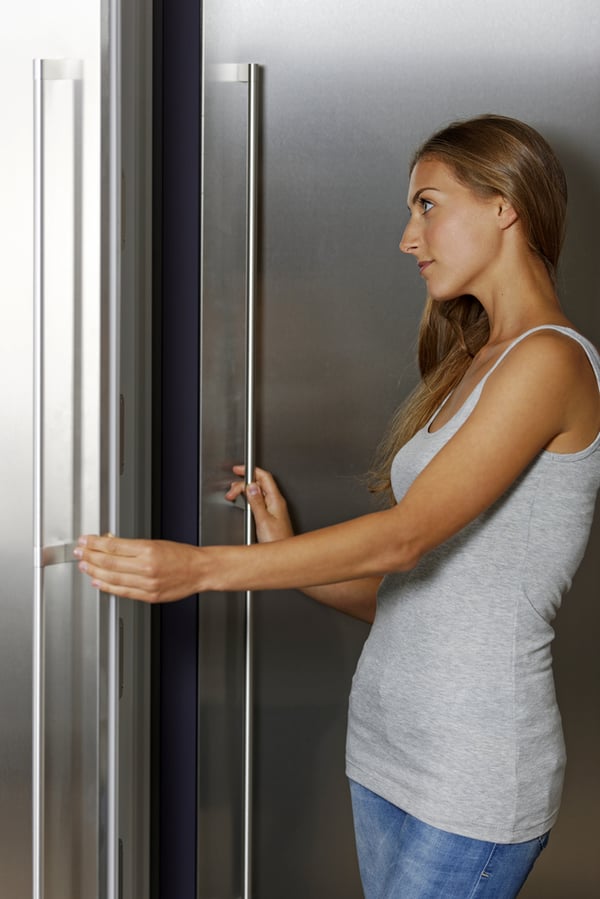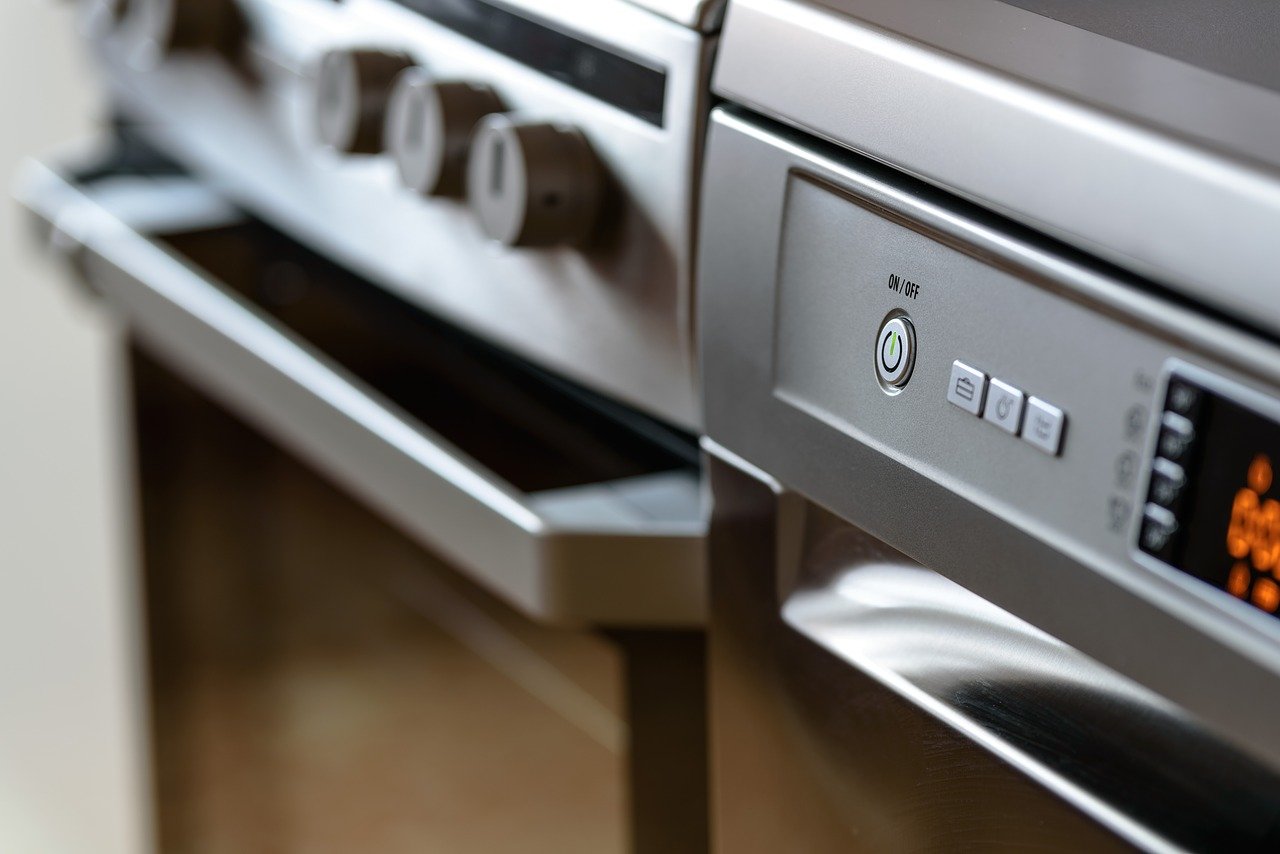White goods: improving sales through sustainable choices
White goods manufacturers are facing new challenges due to customers’ growing awareness on sustainability and recycling: taking into account these needs and defining the right practices can lead to sales improvement.

As the Journal of Industrial Engineering International reports, customers are more and more calling for environment-friendly products and this demand puts pressure on the whole supply chain, because it involves manufacturers, suppliers, retailers and customers. The latter are asking for a greener supply chain that promotes environmental protection and, at the same time, are also developing a well-defined purchasing behavior, which avoids unsustainable products and services. Businesses are therefore studying new methods in order to reach green supply chain management (GSCM), the integration of environmental issues and supply chain that results in reducing manufacturers’ impact on environment while enhancing an organization’s performance.
White goods recycling system
As far as white goods are concerned, emphasis is placed on their recycling cycle: manufacturers must therefore focus on materials. According to AHAM, the Association of Home Appliance Manufacturers, household appliances are increasingly being recycled: they are overtaken only by automotive industry as a source of recycled materials. The growing interest towards recycling has allowed to achieve significant results in the household appliances industry, also thanks to the United States Environmental Protection Agency, specifically with the Responsible Appliance Disposal (RAD) program, which in 2017 has recycled almost 70 million pounds of ferrous metals, 4 million pounds of nonferrous metals, 17 pounds of plastic and 3 million pounds of glass. As data highlight, consumers are increasingly aware of the importance of recycling and are more and more adopting a responsible and sustainable purchasing behavior: white goods industry is therefore continuously renovating and appliances’ manufacturers must face new challenges that environmental consciousness generates, developing products with recyclable materials through sustainable processes.

Metals recycling
White goods are characterized by a long life cycle, normally 10 to 18 years, and when they are no more usable they provide a consistent amount of recycled materials, specifically metals. As stated by The Global Metal Waste and Recycling Market report, the most recycled metals are iron, steel, aluminum, copper, lead and zinc; in addition to that, the report indicates the leading recycling industries, which are building, automotive, shipbuilding and consumer appliances. Metals are among the main materials that undergo a recycling process: they are perfectly suitable for recycling, indeed metals are valuable, can be easily transported thanks to their density and, furthermore, they present properties that allow them to be recycled repeatedly. In the U.S. metal recyclers manage thereabouts 120 million tons of recycled metal every year, with the metal recycling industry having registered nearly $27 billion in 2018.
Zinc recyclability
White goods are complex machines composed of several elements and different materials, among which zinc represents an intelligent and recyclable choice. As a matter of fact, zinc has exceptional metallurgical and chemical properties that remain unchanged also after recycling process, making zinc a suitable material for a wide range of modern products, such as white goods and small appliances.
To calculate zinc recycling rates experts rely on two main methods: the End of Life (EoL) recycling rate and the Recycled Content. Usually EoL is preferred because it measures the quantity of available zinc recovered at the end of product life and recycled, whereas the Recycled Content approach considers the amount of recycled material in a given product. Recent analyses report that around 45% of zinc at the end of life is estimated to be recovered and recycled; in developed regions, such as Europe and North America, this percentage reaches 50%.
|
Indicator |
Description |
Estimated Global Recycling Rate |
|
Recycled Content (RC) |
Fraction of zinc scrap (new and old) in the total metal use in fabrication and manufacturing |
25% |
|
End of Life (EoL) |
Fraction of zinc recycled relative to the amount of zinc available at end of life |
45% |
Typical Recycling Rate Indices
What is more, zinc not only is itself recyclable, but also contains numerous substances that are recyclable: this quality certifies zinc as Cradle-to-Cradle (C2C), a concept inspired by nature that promotes circular economy. According to this approach a product is designed already considering future reuse and, at the end of its life, it is seen as a new source instead of waste: materials and elements that compose the product are thus recovered and again inserted into the processing cycle.
Zinc benefits in white goods manufacturing
Taking into consideration customers’ request for quality products manufactured with sustainable practices, zinc constitutes an ideal material for white goods components. Indeed, zinc presents high recycling rates and excellent aesthetical quality, combining two of the most demanded characteristics by end-users. Highlighting zinc properties can therefore be an efficient promoting strategy, thus meeting customers’ expectations, providing environmental-friendly solutions and improving selling rates.

